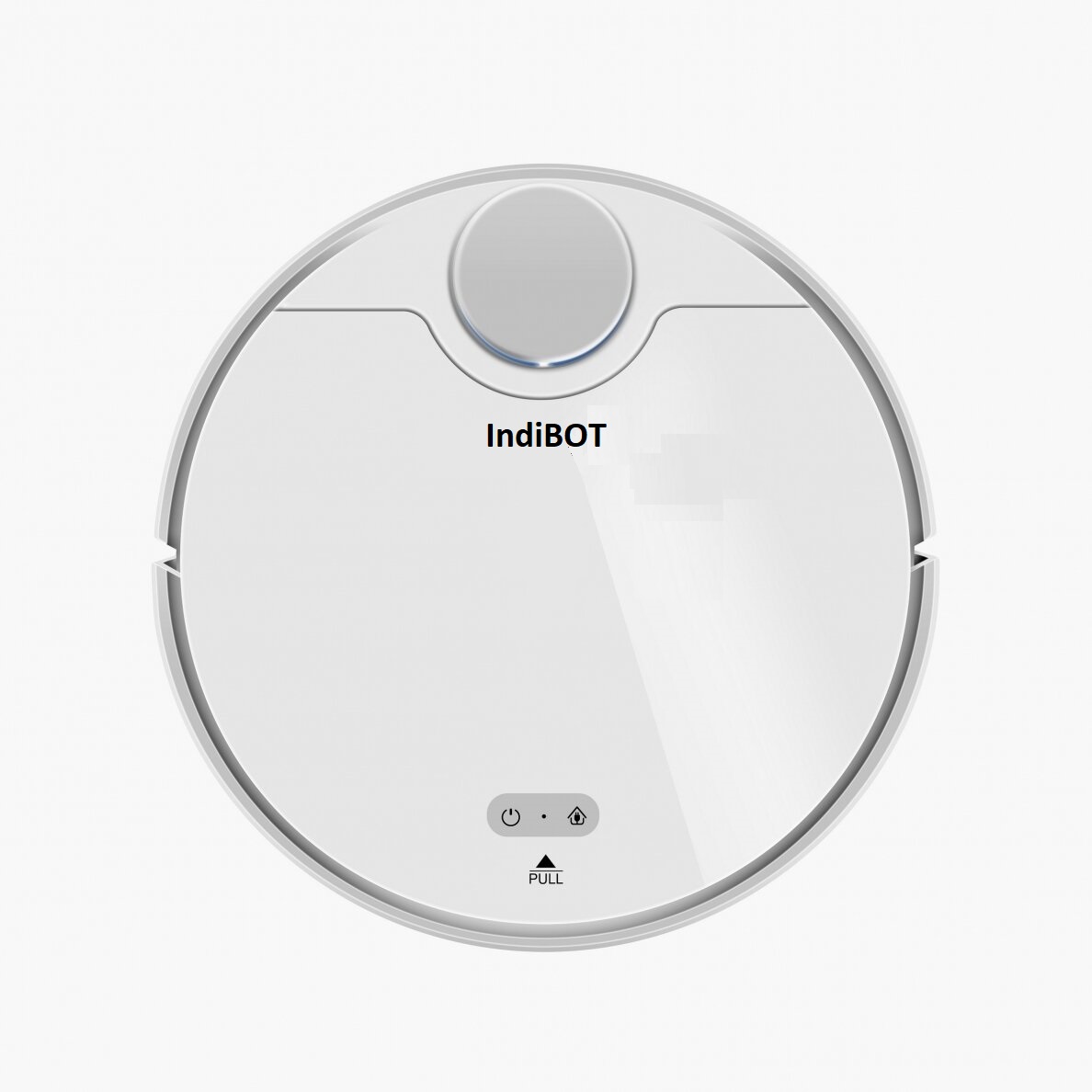The role of AI robots in our rveryday life- what say? Artificial Intelligence (AI) is no longer a futuristic concept—it's already transforming our daily lives in countless ways. One of the most visible and impactful applications of AI is in robotics, where machines powered by intelligent algorithms are performing tasks that are dangerous, tedious, or simply time-consuming for humans. From cleaning water tanks and skyscraper façades to serving food in restaurants, AI robots are becoming indispensable in modern society.
In this blog, we explore the growing role of AI-powered robots in our daily lives, with a special focus on:
-
Water tank cleaning robots
-
Façade cleaning robots
-
Swimming pool cleaning robots
-
Cleaning robots for homes and industries
-
Serving robots in hospitality
-
Water quality monitoring robots
-
Everyday AI robots we interact with
What Are AI Robots?
AI robots are machines integrated with artificial intelligence, allowing them to perceive their environment, make decisions, learn from experiences, and adapt over time. Unlike traditional robots that follow fixed instructions, AI robots are smart, autonomous, and capable of complex tasks.
1. Tank Cleaning Robots: Keeping Water Safe, the Smart Way
Contaminated water tanks are a major health risk. AI-powered tank cleaning robots are revolutionizing hygiene maintenance for residential complexes, commercial buildings, and industrial units.
Benefits:
-
Operate without human entry, ensuring safety and hygiene.
-
Equipped with underwater cameras, suction systems, and sensors.
-
Remove sludge, algae, bacteria, and sediments with precision.
-
Ideal for overhead, underground, and industrial tanks.
-
Often paired with water quality testing systems for holistic solutions.
Tank cleaning robots are especially useful in areas where manual entry is unsafe or impossible, making them a perfect blend of technology and public health.
2. Façade Cleaning Robots: Scaling Heights Safely
Cleaning tall glass buildings used to be a high-risk job. Not anymore.
How They Help:
-
AI-powered façade cleaning robots clean skyscraper windows using vacuum suction, water jets, and path planning AI.
-
Reduce the risk of accidents for human workers.
-
Improve efficiency, precision, and reach.
-
Used in commercial complexes, malls, and large institutions.
These robots can map the building’s surface, detect dirt spots, and optimize cleaning paths—all without scaffolding or cranes.

3. Swimming Pool Cleaning Robots: Smarter Pool Maintenance
Gone are the days of manually skimming pools. AI pool-cleaning robots are now maintaining crystal-clear water in homes, hotels, and clubs.
Features:
-
Use AI to detect dirt, leaves, and algae.
-
Navigate walls and floors with 360-degree mobility.
-
Some models even adjust cleaning based on usage patterns and weather.
-
Ensure energy efficiency and minimal water wastage.
Pool robots are becoming a must-have for any facility that values hygiene and convenience.
4. AI Cleaning Robots for Homes & Industries
From robotic vacuum cleaners in your living room to industrial floor scrubbing bots, AI has made cleaning easier than ever.
Popular Examples:
-
Roomba and similar bots that learn your home's layout.
-
Industrial bots in factories, warehouses, and airports.
-
Use object detection, scheduling, and self-charging capabilities.
-
Efficient in dust removal, liquid spills, and allergen filtering.
These robots not only save time but also improve health by maintaining a cleaner environment.
Discover Robotic Non-Invasive Tank Cleaning
5. Serving Robots in Hotels & Restaurants
Hospitality is adopting AI at a fast pace. Serving robots are now delivering food, drinks, and room service in cafes and hotels.
Advantages:
-
Improve customer experience and speed of service.
-
Reduce human error and labor shortages.
-
Navigate crowded environments using sensors and pathfinding AI.
-
Many are equipped with touchscreens, voice commands, and multi-language support.
Whether it’s a sushi bar in Japan or a coffee shop in Delhi, these robots add a futuristic charm while being practical.
6. Water Quality Robots: Monitoring the Invisible
In lakes, reservoirs, and water treatment plants, AI water robots are now being used to test and monitor water quality.
They can:
-
Measure pH, TDS, turbidity, chlorine levels, and more.
-
Operate autonomously in hazardous or hard-to-reach areas.
-
Send real-time data to operators for quick intervention.
Especially useful in cities, these robots ensure the water you drink is not just clean—but also safe.
7. Everyday AI Robots You May Already Be Using
AI robots are no longer a luxury—they’re now part of everyday life:
-
Smart vacuum cleaners
-
Self-checkout bots at supermarkets
-
Delivery robots for packages and food
-
Robotic pets and toys
-
Healthcare robots for elderly support or medicine delivery
These machines learn from your behavior, optimize routines, and make life more comfortable.
The Future Is Robotic—and It’s Happening Now
The integration of AI in robotics has made life safer, cleaner, and more efficient. Whether it’s cleaning a water tank in Delhi or delivering a latte in Tokyo, AI robots are here to stay—and evolve.
As more industries adopt AI-powered robots for tasks ranging from cleaning and serving to healthcare and environmental monitoring, we can expect a future where machines and humans work side-by-side to build smarter cities and healthier lives.
Follow GD Water Consult on Instagram





2 Comments
John Doe
Posted on: March 13, 2025Leverage agile frameworks to provide a robust synopsis for high level overviews. Iterative approaches to corporate strategy foster collaborative thinking to further the overall value proposition.
John Doe
Posted on: March 13, 2025Leverage agile frameworks to provide a robust synopsis for high level overviews. Iterative approaches